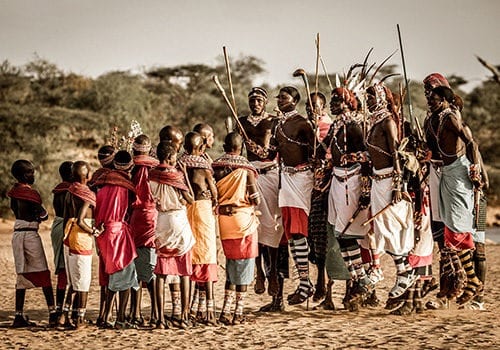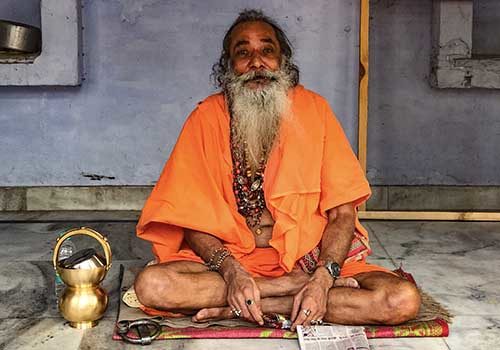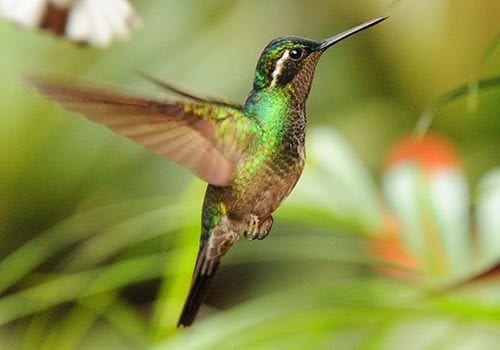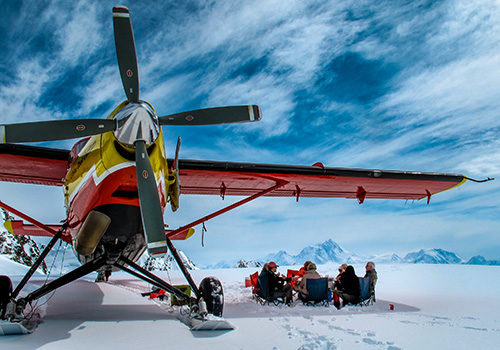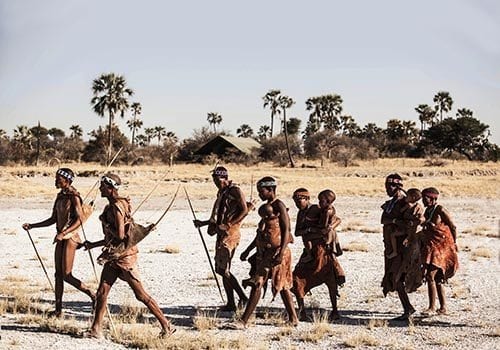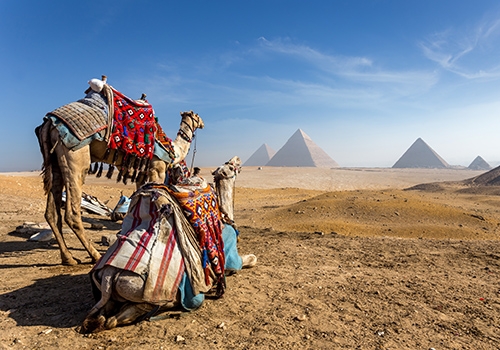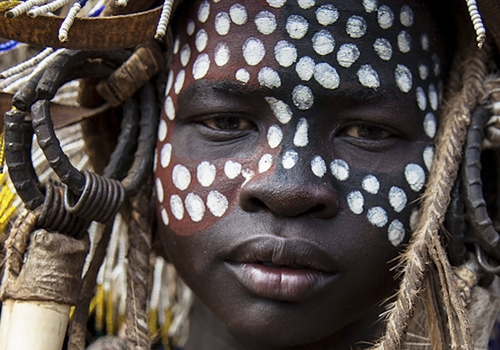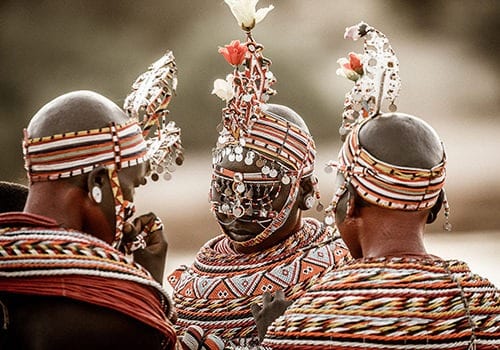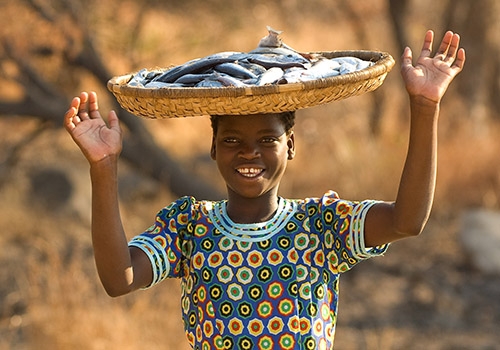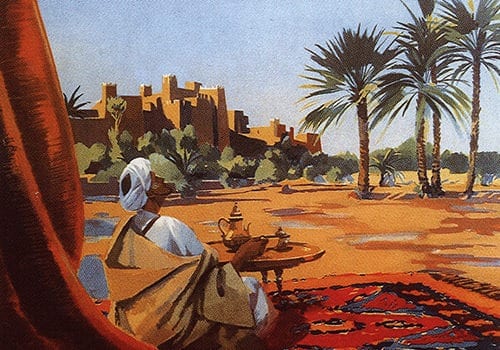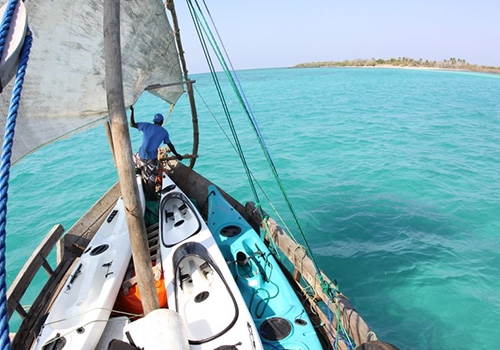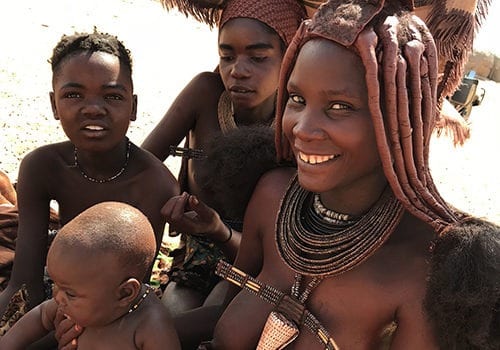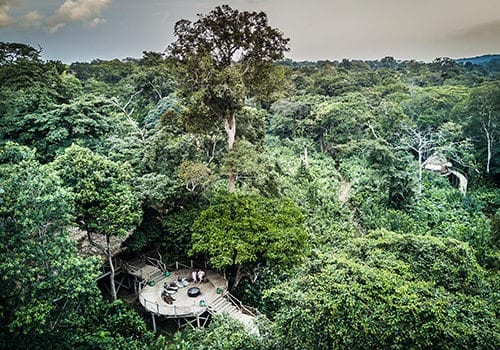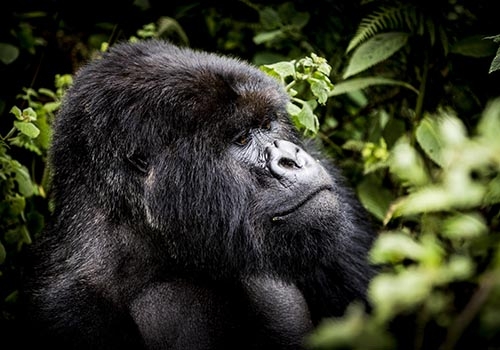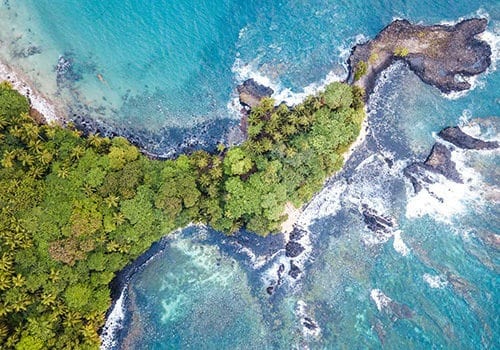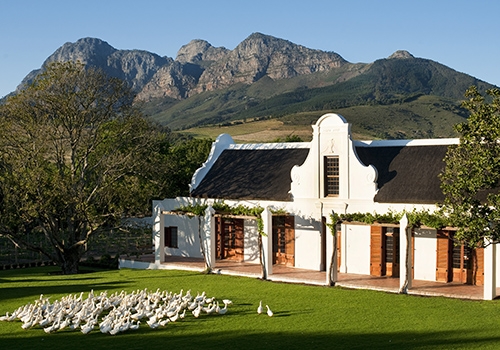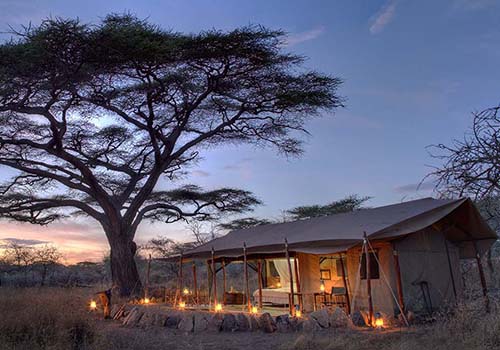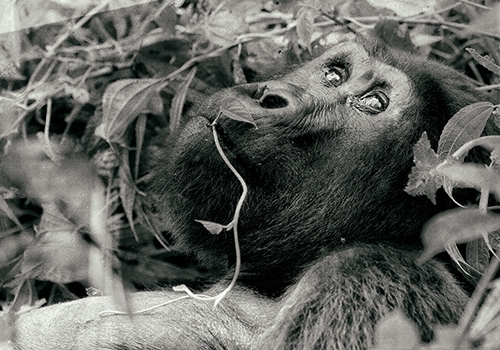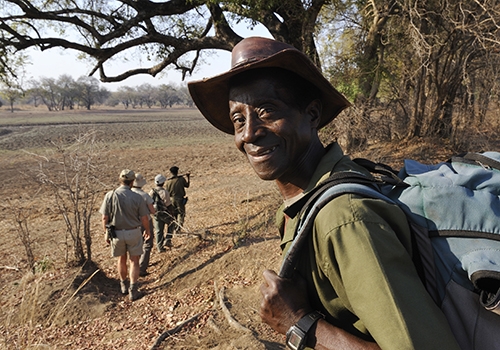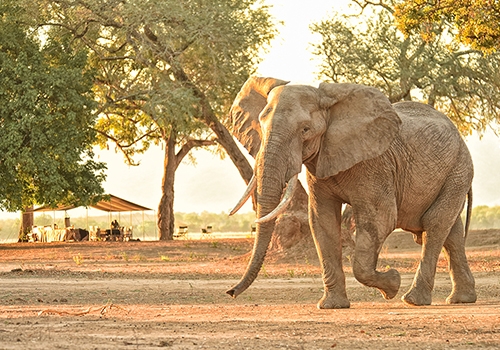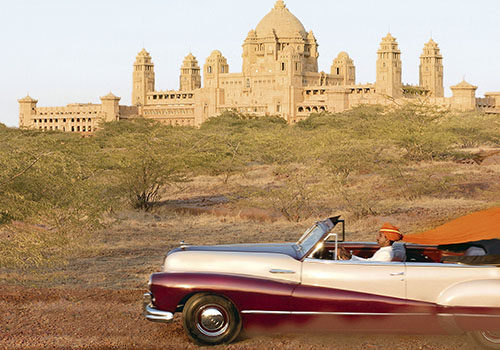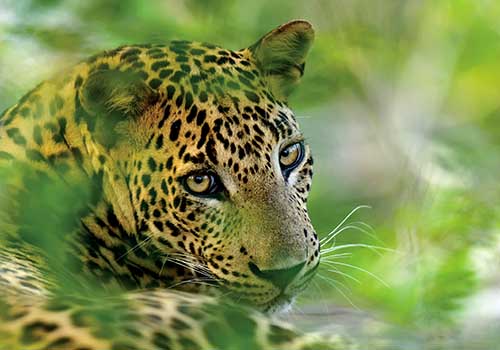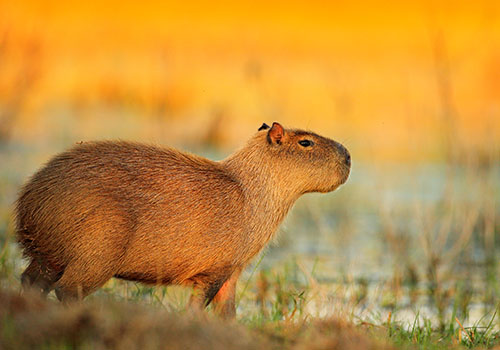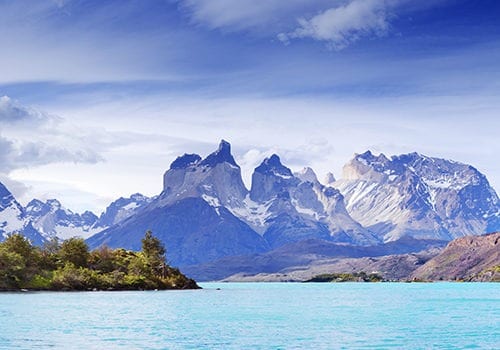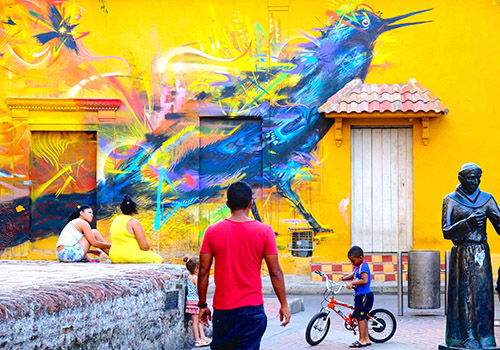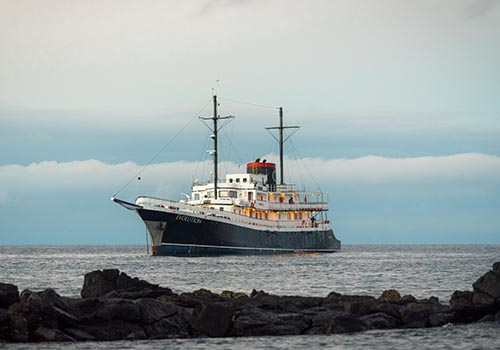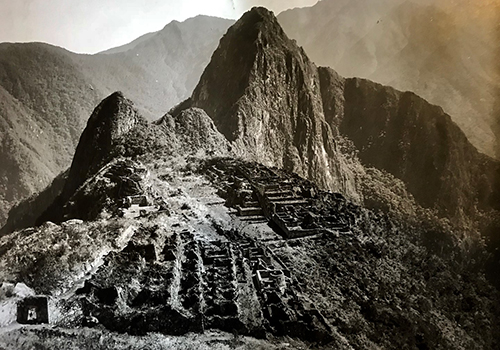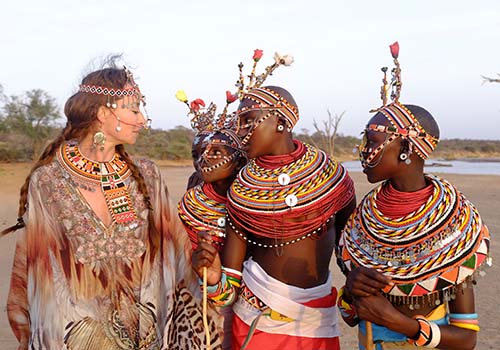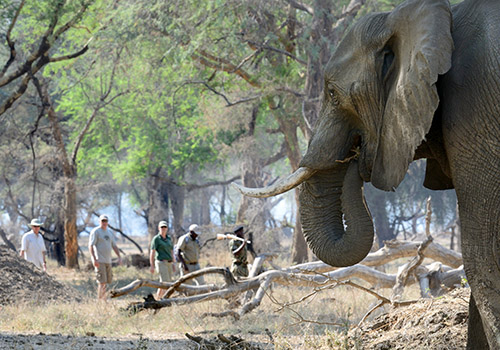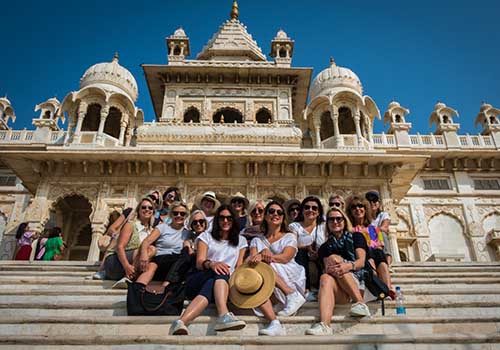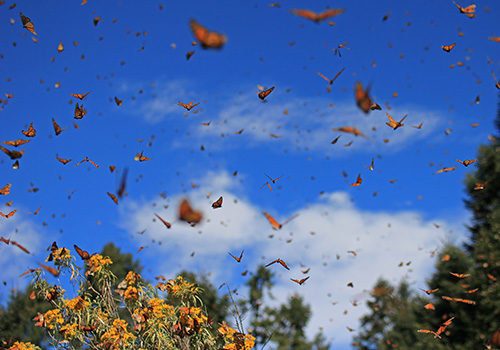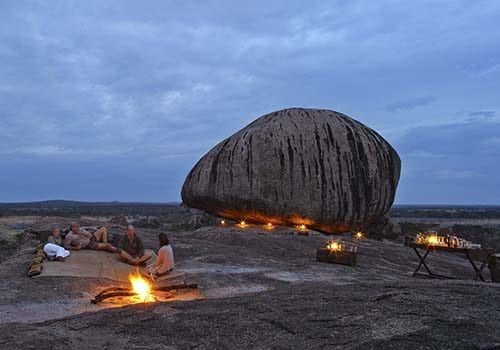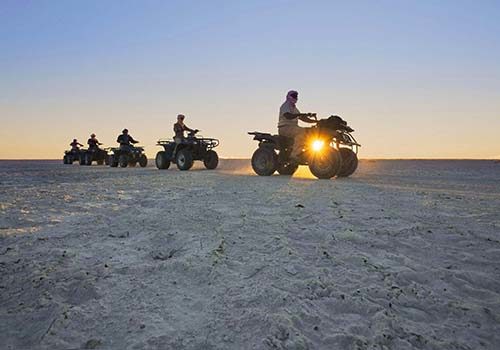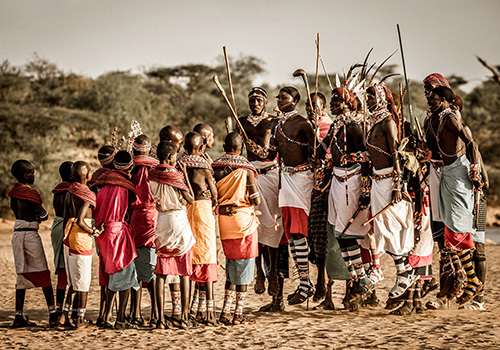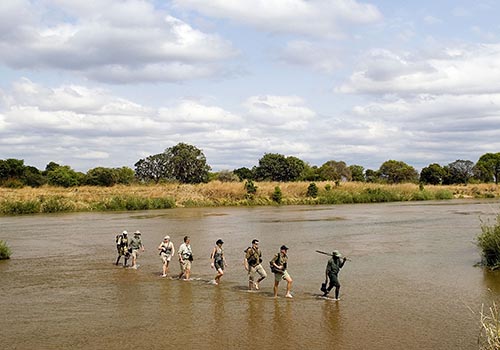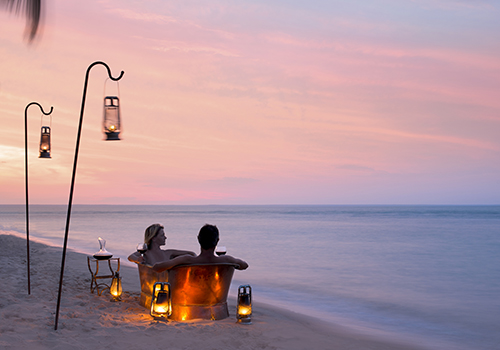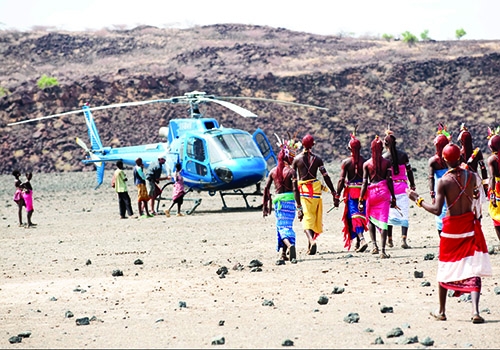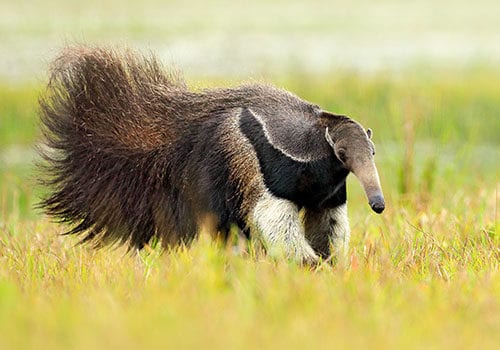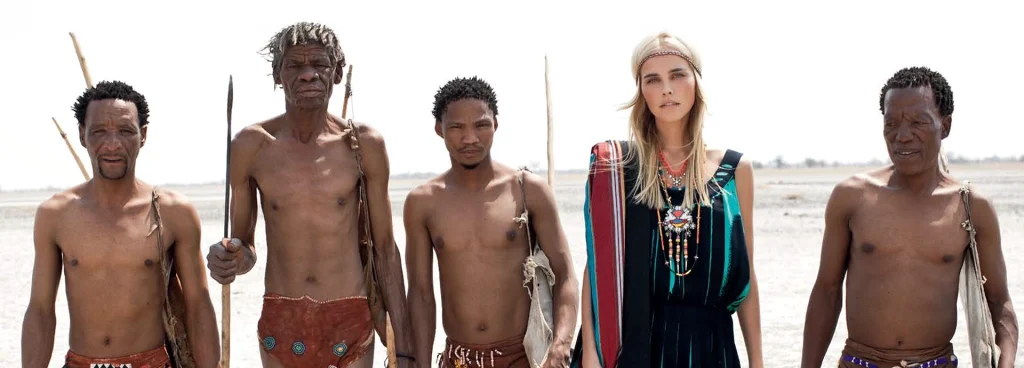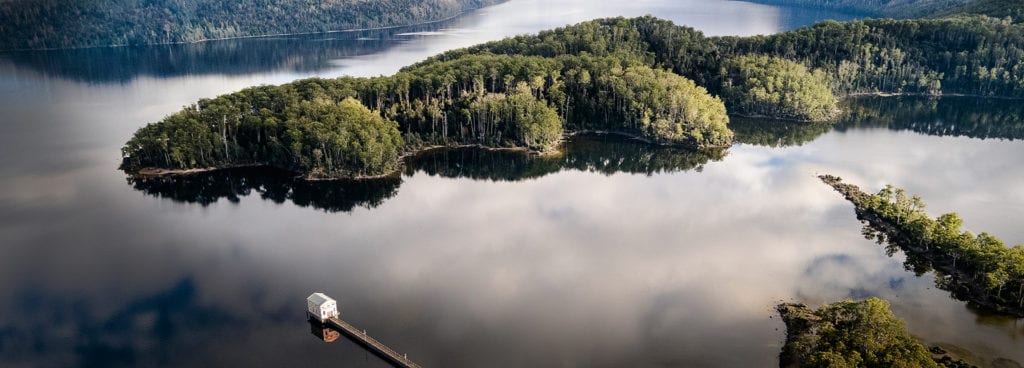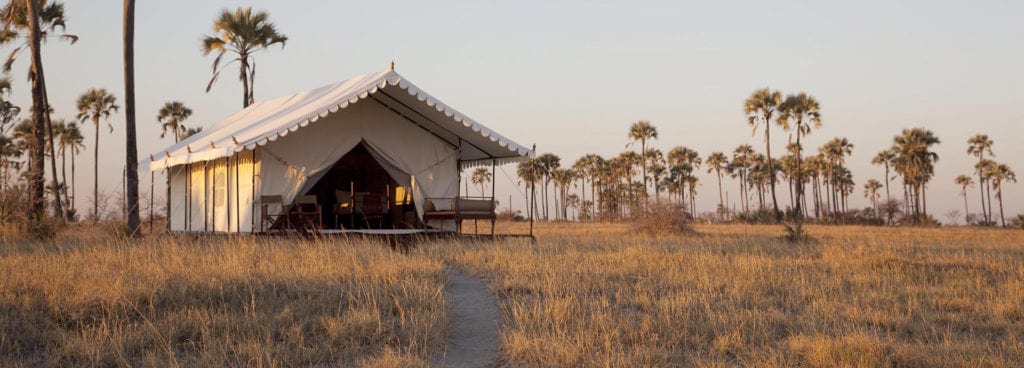DISPATCHES FROM EXOTIC LANDS
The Best Time to Visit India
A Seasonal Guide for Discerning Travellers
India is nothing short of a spectacle: a continent’s worth of history, geography, and culture condensed into one breathtaking journey. From the palatial forts of Rajasthan to the serene backwaters of Kerala, India’s vastness also comes with climatic complexity. For the traveller seeking immersion, comfort, and authenticity, timing is everything.
There is a region of India for every season, aligning your travels with temperate weather, exclusive local festivals, and the subtleties of place. Whether you’re contemplating a luxury rail journey, a bespoke wellness retreat or a cultural deep dive, consider this your seasonal compass.
North India: October to March
Ideal for: Rajasthan, Delhi, Varanasi, the Golden Triangle and the Himalayan foothills
Northern India is best experienced in the cooler months between October and March, when temperatures are pleasant and skies crisp. This is the ideal window for exploring Rajasthan’s desert cities, such as Jaipur, Udaipur, Jodhpur and Jaisalmer, without the searing heat. The light is golden, perfect for photographing camel safaris, sunset palace views and the marbled perfection of the Taj Mahal.
In Delhi, the post-monsoon air clears to reveal a city humming with heritage and haute design. Meanwhile, Varanasi, India’s spiritual heart, is particularly atmospheric between November and February, when dawn boat rides on the Ganges are cool and misty.
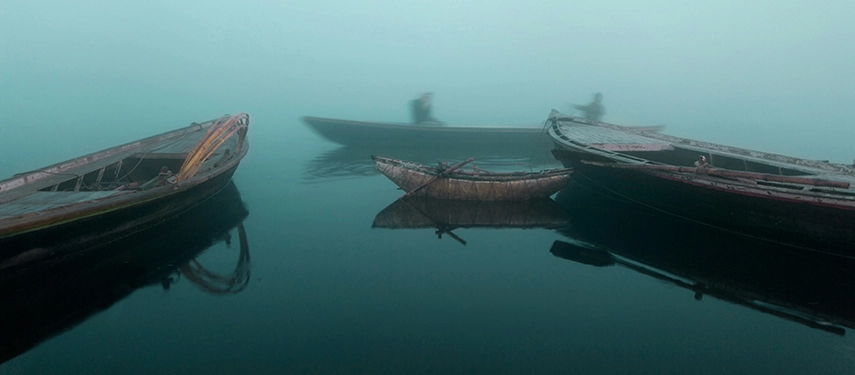
Those seeking elevation should note that the Himalayan foothills, including Shimla, Rishikesh, Dharamshala, are accessible and stunning through to early March. If you’re eyeing a wellness escape in Ananda or a private yoga experience in Rishikesh, this is your moment.
Festival highlights:
- Diwali (October/November): India’s festival of lights, especially resplendent in Rajasthan.
- Holi (March): Best experienced at private estates or curated boutique events across North India.
South India: November to March
Ideal for: Kerala, Tamil Nadu, Karnataka
The southern states experience a tropical climate, and the dry season—November to March—is optimal for travel. Kerala’s backwaters are languid and luxurious during this time, with houseboat journeys, Ayurvedic treatments and tea plantation visits at their finest. The monsoon rains have greened the land, and the air is fresh without being humid.
In Tamil Nadu, this is the season for exploring temple architecture and classical arts festivals, especially in Chennai and Madurai. Karnataka offers cool forest escapes in Coorg and wildlife viewing in Kabini, both of which are best visited outside the monsoon.
For those seeking a balance of culture and leisure, a private cruise through Kerala’s canals, coupled with a luxury stay in one of the region’s heritage mansions, is simply unforgettable option for a south India tour.
Festival highlights:
- Margazhi Music Season (December–January): Chennai comes alive with Carnatic music and classical dance.
- Thrissur Pooram (April/May): A temple festival unlike any other. It’s hot, but worth it if you have VIP access and shaded seating.
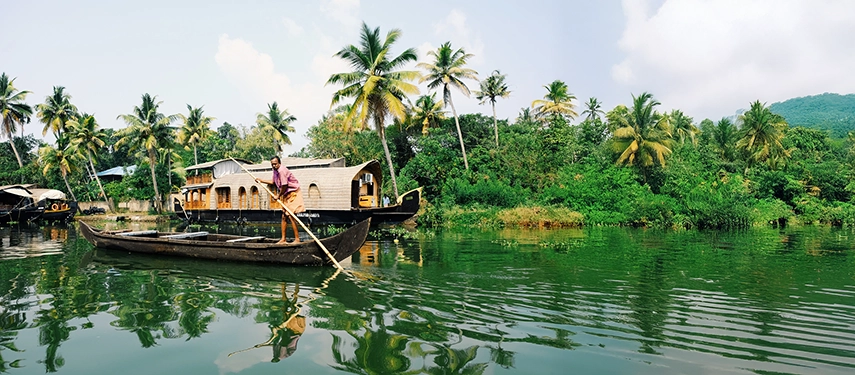
West India: November to February
Ideal for: Mumbai, Goa, Gujarat, the Western Ghats
The western part of India beckons in the cooler months, when the coastal heat is more forgiving. Mumbai, with its blend of colonial charm and modern glamour, is best enjoyed from November through February, when rooftop bars and seaside promenades are at their most appealing.
Goa, India’s coastal playground, is also in its prime, meaning balmy days, cultural festivals, and boutique beach properties offer a refined take on the region’s hedonistic past. Far from the crowds, South Goa’s private villas and curated dining experiences deliver a quieter, more luxurious atmosphere.
In Gujarat, the salt deserts of Rann of Kutch become accessible and host the Rann Utsav, a festival of textiles, dance and desert beauty. Meanwhile, the Western Ghats, running parallel to the coast, offer verdant mountain escapes, which is ideal for those wanting off-grid eco-luxury.
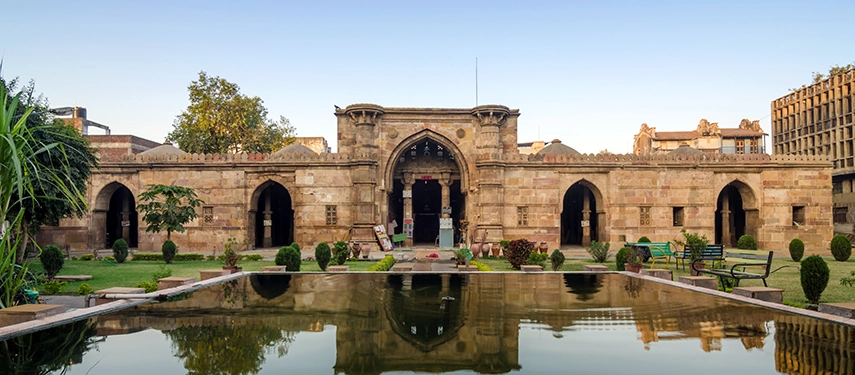
Festival highlights:
- Rann Utsav (November–February): A desert festival celebrating Gujarati art, culture, and cuisine.
- SulaFest (February): A gourmet music and wine event set in the vineyards of Nashik, best enjoyed with VIP access.
East India: October to February
Ideal for: Kolkata, Odisha, Sikkim, the Northeast
India’s eastern edge is often overlooked, but for the cultural connoisseur or intrepid aesthete, it holds extraordinary rewards. Travel between October and February for manageable humidity and clear skies.
Kolkata is resplendent in October during Durga Puja, a religious and artistic spectacle rivalling Rio’s carnival in scale and fervour. Come November, the city returns to its quieter rhythms—perfect for art walks, colonial stays, and Bengali fine dining.
For those drawn to the Himalayas, Sikkim and Darjeeling are serene, mystical, and offer unspoilt luxury. Northeast India, including Assam, Nagaland, and Meghalaya, is best visited between November and February for tribal festivals, tea estate stays, and rainforest lodges.
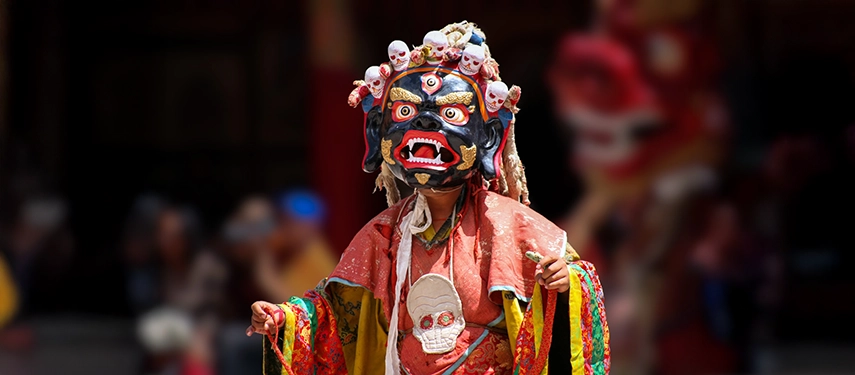
Festival highlights:
- Durga Puja (October): Kolkata’s defining celebration, a cultural immersion not to be missed.
- Hornbill Festival (December): A curated entry into Naga tribal traditions, best done with guided access and chartered travel.
A Word on Summer & Monsoon Travel
While most luxury travellers avoid April to September due to heat and rain, there are exceptions. The high Himalayas, including Ladakh, Spiti, and parts of Kashmir, are only accessible in the warmer months, and offer stark, alpine landscapes seen nowhere else in India. Some palaces and mountain resorts are at their most secluded and atmospheric during the off-season. That means an opportunity for solitude, if that’s what you seek.
In short, India rewards those who plan well. With such diversity across its regions, aligning your travel dates with the character of the place ensures not just comfort, but resonance. YTake about experiencing each corner of the country as it was meant to be felt: alive, luminous, and unforgettable.
